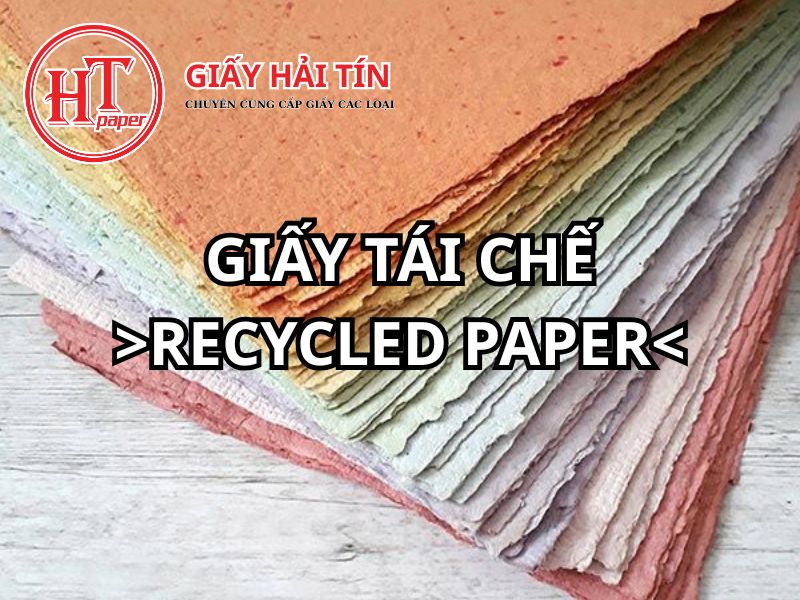COVID-19 and the Global Fashion Industry: Impacts on Manufacturing Units and Supporting Industries, including Paper
As people were forced into lockdowns, demand for new clothing evaporated. Although some retailers continued to operate online, the revenues of the world’s largest fashion and apparel companies suffered severe losses. Meanwhile, fixed costs, such as rental expenses and employee salaries, began eating into cash reserves, and inventory piled up at unprecedented rates.
Hai Tin Paper Company, a provider of paper products for the garment industry, estimates that up to a quarter of global fashion companies—including retail brands and department stores—may struggle to survive post-pandemic. The global fashion industry's complex supply chain, valued at around $2.5 trillion, is breaking down. Store closures due to lockdowns in places like the UK and New York led to factory shutdowns across Bangladesh, Vietnam, and beyond, while cotton stockpiles built up in Central India.
The economic damage caused by lockdowns to prevent COVID-19 in Western markets raises the question of whether this supply chain can recover when market demand returns. This question remains difficult to answer, as many companies are close to bankruptcy and still awaiting overdue payments.
Since the crisis began, garment manufacturers in Bangladesh have lost over $3 billion in unpaid orders, according to the Bangladesh Garment Manufacturers and Exporters Association (BGMEA). The industry represents a significant portion of Bangladesh’s export revenue and employs over 4 million people, primarily women. Industry estimates suggest that over 50% of the workforce has been laid off.
In Vietnam, some garment companies have also begun to disappear, according to Ms. Hoang Ngoc Anh, Acting General Secretary of the Vietnam Textile and Apparel Association (VITAS). In April, VITAS estimated that if the lockdowns extended through June, Vietnamese garment companies could lose over $500 million in revenue. The actual figure is likely much higher, as official data does not account for losses among smaller suppliers.
"As of now, an estimated 400,000 to 600,000 workers have lost their jobs out of the 2.8 million garment workers," Ms. Anh said. "This is only an estimate, as we have yet to fully account for the impact on small and micro businesses."
Moving further down the supply chain, farmers like Ganesh Nanote in Akola and industries supplying materials such as packaging paper, fabric, and thread in Vietnam have also been hit hard by the COVID-19 pandemic.
Bangladesh, Vietnam, and Sri Lanka have, over recent decades, become global centers for apparel production, replacing China as fashion suppliers seek to cut labor costs. Additionally, retailers have pushed for frequent purchases of cheaper items through fast fashion, with brands often releasing new product lines weekly.
Retailers hold the upper hand in relationships with Asian manufacturers, making demands that often go unchallenged. If one supplier refuses specific terms, the retailer can always find another.
In response to this shock, many fashion brands have pledged to support manufacturers and workers by paying for all orders, including items currently in production. Companies like Inditex, Marks & Spencer, and Phillips-Van Heusen have pledged to support affected individuals within their supply chains. However, some retailers have faced criticism for being slow to act. Achim Berg from McKinsey noted that certain companies may simply lack the resources to pay suppliers.
Numerous fashion companies are also collaborating with contractors to find solutions while waiting for the market to recover, discussing production needs, and sourcing alternative materials, such as sketch paper, thread, and fabric, to maximize cost efficiency and help garment businesses weather the difficult period.
Currently, many factories in Vietnam are operating at just 30-40% capacity since early May. However, stockpiles remain high and are unable to be shipped. Unless retailers pay for their goods or propose positive solutions, the risk of company bankruptcies remains high.
“Giấy mất bao lâu để phân hủy” không có một con số cố định — nó dao động tùy loại giấy, lớp phủ và môi trường (compost có oxy khác bãi chôn thiếu oxy). Bài viết này trình bày con số tham khảo, giải thích yếu tố ảnh hưởng, nêu riêng giấy thường dùng trong ngành may và cách xử lý/ tái sử dụng thực tế
Giấy khadi ấn độ là loại giấy thủ công truyền thống nổi bật của Ấn Độ, nổi tiếng với vẻ đẹp tự nhiên, độ bền cao và ý nghĩa văn hóa sâu sắc. Loại giấy này không chỉ dùng trong các hoạt động nghệ thuật mà còn gắn liền với lịch sử và tâm linh của đất nước này.





